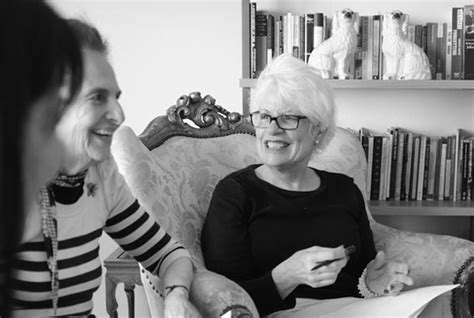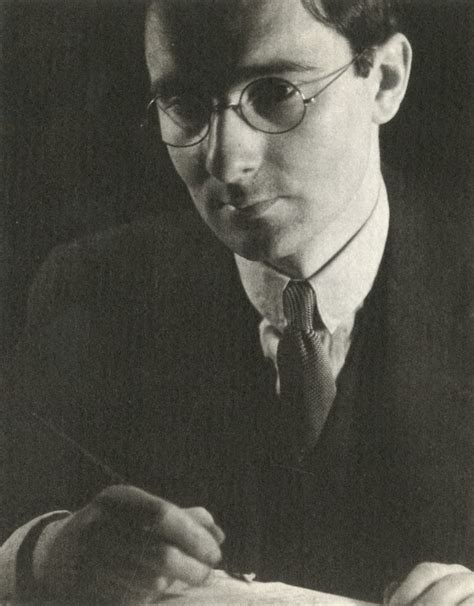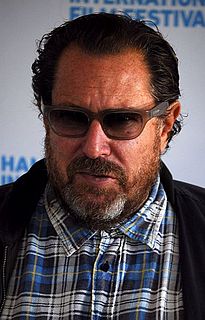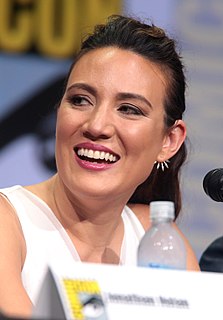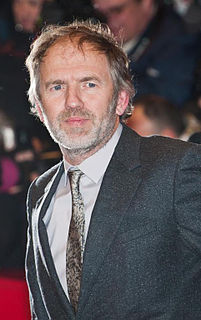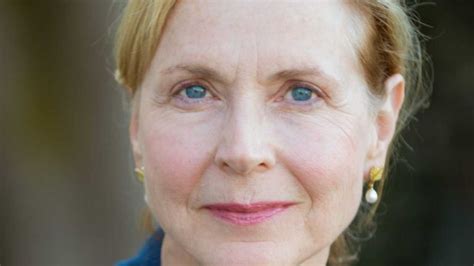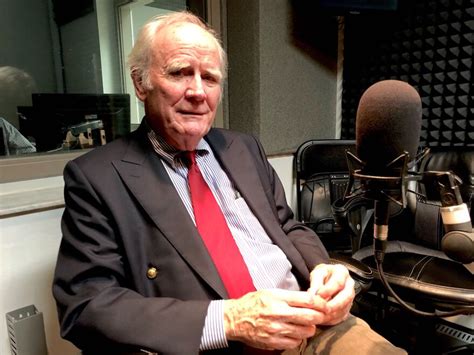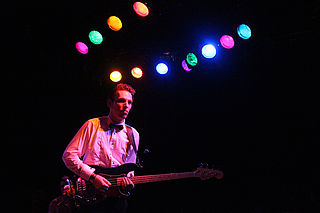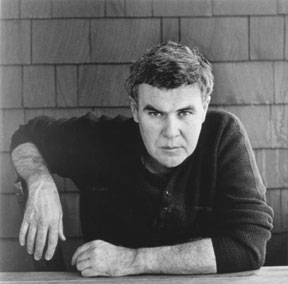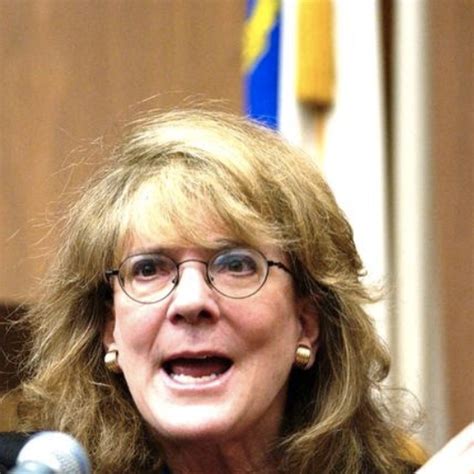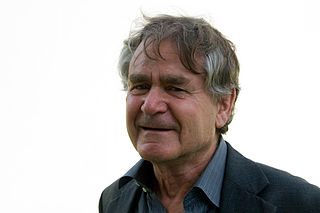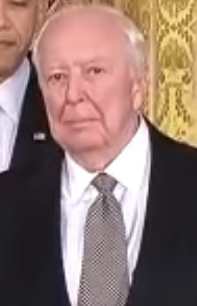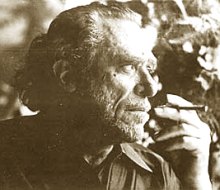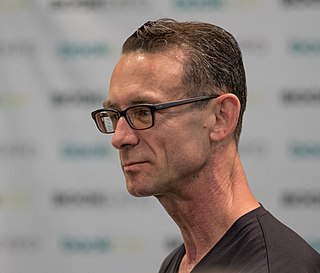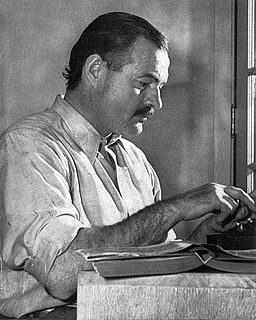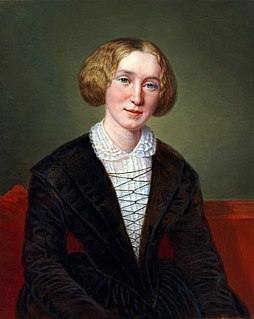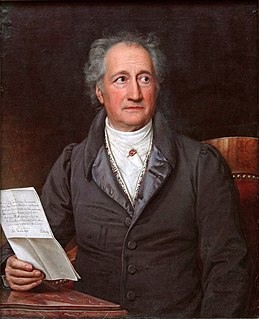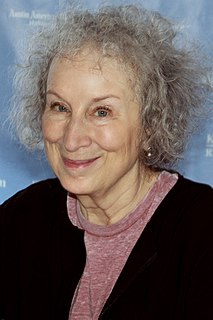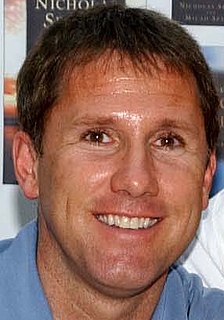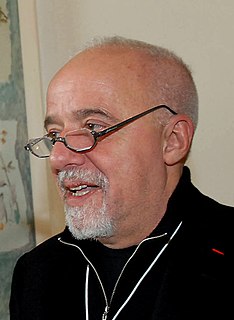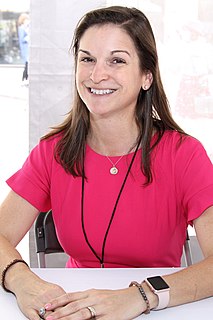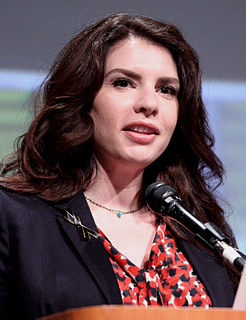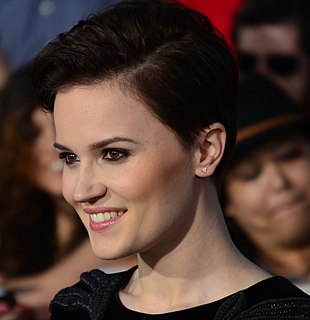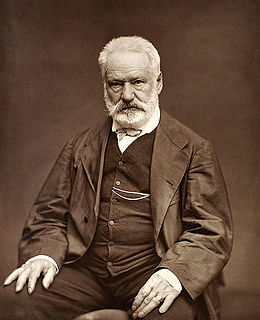A Quote by Mary Rakow
Maybe Cubism started this way. Memory re-arranging a face.
Related Quotes
Memory is like fiction; or else it's fiction that's like memory. This really came home to me once I started writing fiction, that memory seemd a kind of fiction, or vice versa. Either way, no matter how hard you try to put everything neatly into shape, the context wanders this way and that, until finally the context isn't even there anymore... Warm with life, hopeless unstable.
It has always been on the written page that the world has come into focus for me. If I can piece all these bits of memory together with the diaries and letters and the scribbled thoughts that clutter my mind and bookshelves, then maybe I can explain what happened. Maybe the worlds I have inhabited for the past seven years will assume order and logic and wholeness on paper. Maybe I can tell my story in a way that is useful to someone else.
Some people say they use images to help them remember intricacies. Others say they just remember. If they are able to form an image of the face, it is because they remember how it was: it is not that an image guides memory, but that memory produces an image, or the sense of imaging. We have no agreed way to talk clearly about such things.
